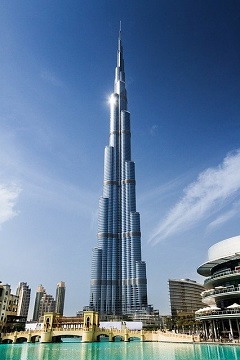There are many civil engineering projects around the world, these unique and highly innovative ideas are more than all general standards of size, complexity, and manpower. They go ahead of time and wonder about the new generations, showing that incredible feats with the right team, ideas, and expertise are possible and have inspired all humans all over the world. In this article, we will describe the top civil engineering projects of all time.
Table of Contents
1. Qingdao Haiwan Bridge:
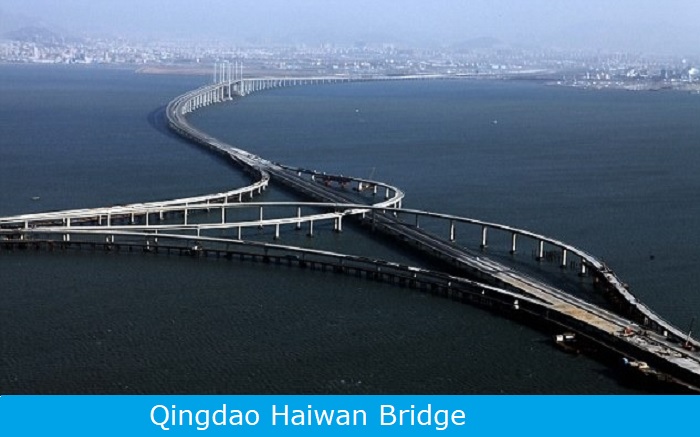
Qingdao Haiwan Bridge is the world’s longest bridge on the water at 41.58 km. It connects Qingdao city in eastern China with Huangdao suburbs in the waters of Jiaozuo Bay. The bridge was designed by Shandong Gaosu Group, and it took four years to build with at least 11,000 workers employed to build it. In addition, its construction cost is equal to 900 million British pounds. Qingdao Haiwan Bridge is known as one of the best civil engineering projects of all time.
2. Burj Khalifa:
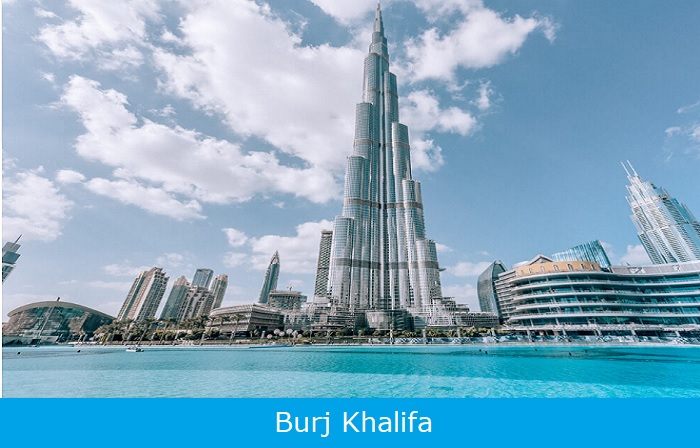
Burj Khalifa is the most famous civil engineering project. Burj Khalifa is the tallest structure in the world now, Height Burj Khalifa is 829.8 meters; Burj Khalifa is a skyscraper located in Dubai was designed as the centerpiece for a new development called Downtown Dubai. The building was named in honor of the ruler of Dubai and the President of the United States Arab Emirates. Burj Khalifa designed by Skidmore, Owings, and Merrill and the design is inspired by the patterns and structures in Islamic architecture. The structure cost $1.5 billion to build. In 2010 when it was opened, it had the highest observational deck in the world. Burj Khalifa has even featured in popular culture, as it can be seen in the 2016 film, ‘Independence Day: Resurgence’. Burj Khalifa has broken too many records, including building with most floors at 211 and it has received immensely positive reception.
3. English Channel Tunnel:
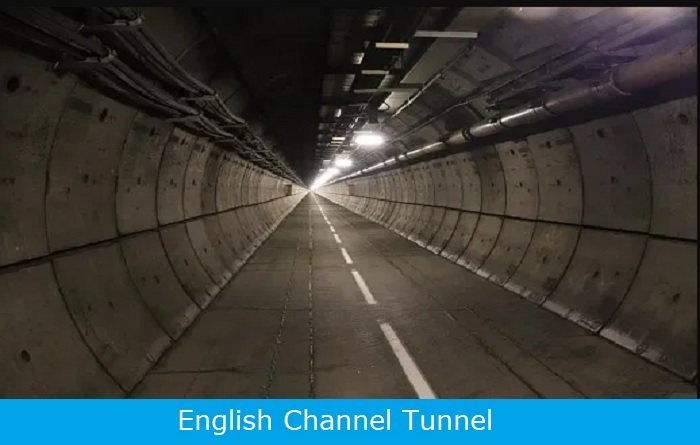
The Channel Tunnel combines Folkleston, Kent with the Coquilus, Passe-Calais, in northern France in the UK. As the longest Undersea tunnel in the world, Chanel runs underwater for 23 miles with an average depth of 150 feet from the sea bed. Every day, about 35,000 people, 6,500 cars, and 4,000 trucks travel through passenger, shuttle, and cargo trains through Chunnel.
To construct two railway tunnels, millions of tons of earth went to earth- one for the north and one another for the southwest traffic. Fifteen thousand people were employed at the peak of construction. During the construction, ten people were killed.
Napoleon’s engineer, Albert Mathew, planned the first tunnel under the English Channel in 1802, imagining an underground route with a ventilation chimney that would spread over the waves. In 1880, the first real effort was made by Colonel Beaumont, who had built a tunnel more than a mile before leaving the project. Other attempts were made in the 20th century, but in June 1988 no one started on the scale of the tunnels.
Chunnel’s cost of $ 16 billion was almost double the original estimate, and one year after completion it was completed. One year in service, Eurotunnel announced a major loss at that time, which was then the largest in the United Kingdom’s corporate history. A plan in which the banks agreed to swap loans worth billions of pounds for shares, saved the tunnel from going down and its first net profit was shown in 1999.
Freight traffic was suspended in November 1996, six months after the lorry was set on fire in the tunnel. There was no serious injury in this incident.
In 1996, the American Society of Civil Engineers recognized the tunnel as one of the seven wonders of the modern world.
4. Golden Gate Bridge:
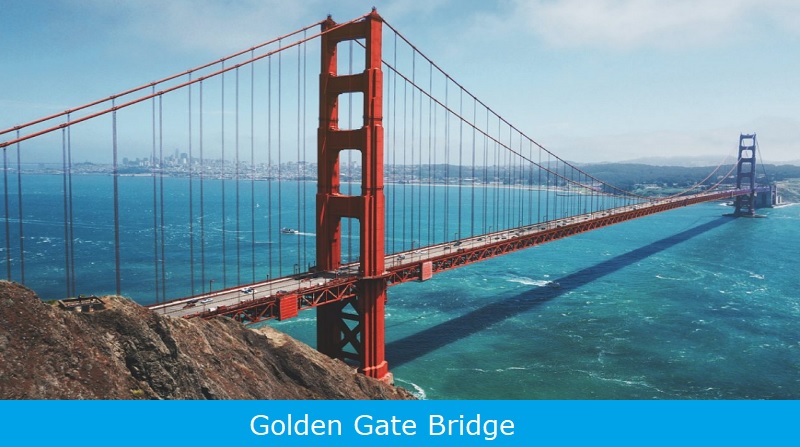
The Brilliant Door Extension is regularly viewed as a standout amongst the most wonderful scaffolds on the planet. This $27.5 million venture is a suspension connect that traverses the brilliant entryway straight, interfacing the city of San Francisco to Marin Province. It opened in 1937 and was until 1964, the longest suspension connection on the planet. The scaffold is a standout amongst the most perceived and persuasive images of the Assembled States.
5. Hoover Dam:
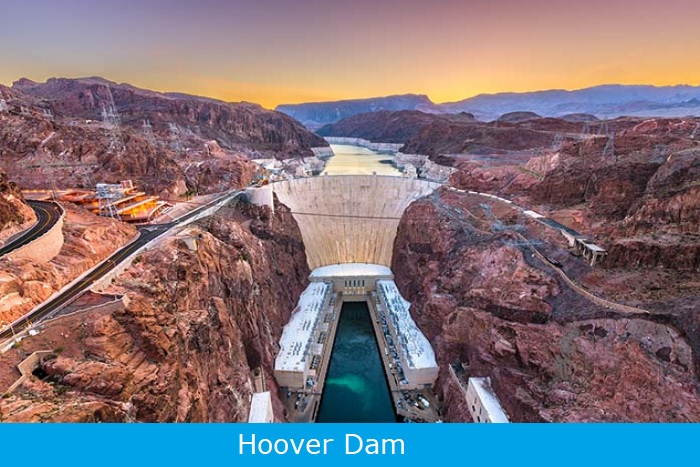
Built amid the Incomparable Sorrow, the Hoover Dam is a solid curve gravity dam operating at a profit Gully of the Colorado Waterway. The development of the Hoover Dam guaranteed several laborers’ lives and appropriates Lake Mead, the biggest repository in the Unified States. The dam is named after President Herbert Hoover, and it took five years to assemble and cost approximately $49 million.
6. Panama Canal:
Panama Canal is a 48-mile conduit in Panama that interfaces the Atlantic Ocean with the Pacific Ocean. The trench comprises a few counterfeit lakes and channels, and two locks at either end. The waterway cuts over the Isthmus of Panama and is urgent for global sea exchange. Work on the waterway started in 1881, and it was at last opened in 1914, costing the Americans $375 million.
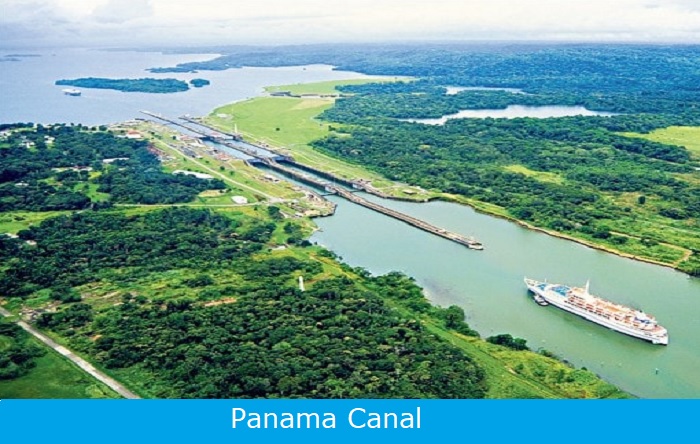
7. Brooklyn Bridge:
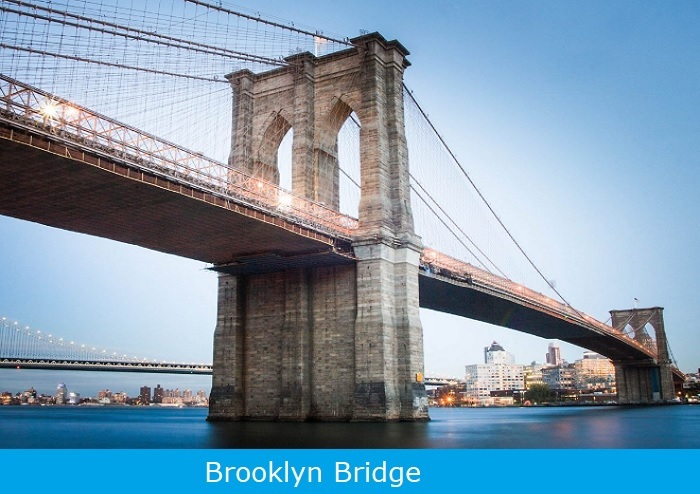
The Brooklyn Bridge is one of the most seasoned Bridges in the United States, and it’s both a suspension and link that stayed connect. Finished in 1883, it interfaces the wards of Manhattan and Brooklyn by spreading over the East River. The scaffold was at first composed by German designer, John August Roebling, yet because of his passing, he was supplanted by his child, Washington Roebling who assumed responsibility for the undertaking. It cost $16 million to assemble. Since it opened, it has turned into a notable symbol of New York City and was assigned a notable point of interest in 1964.
8. Aqueduct of Segovia :
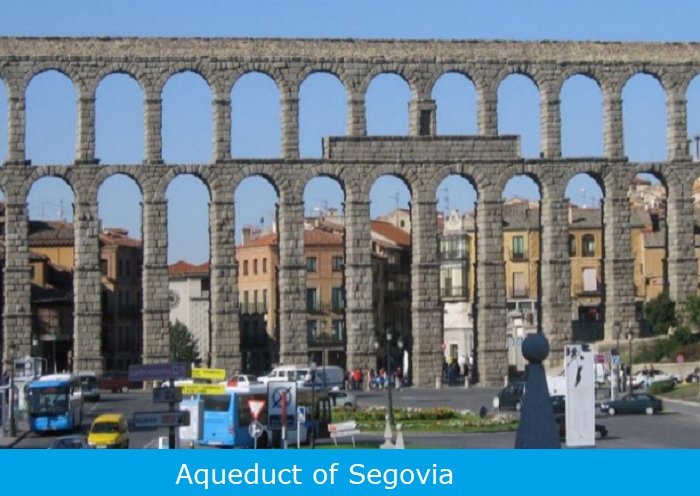
All the more exactly known as the water system connect, this Roman reservoir conduit is a standout amongst the most critical and best-protected old landmarks left on the Iberian Peninsula. It is situated in Spain and is the image of Segovia, and has been kept in incredible condition throughout the hundreds of years. It gave water to Segovia until the nineteenth century.
9. Great Wall of China:

The great wall of china is a wonderful civil engineering project. With a background marked by over 2,000 years, numerous segments of the Great Wall of China are in ruins, however, it is as yet one of the best ponders of the world, and an enormously well-known vacation destination. This Great Wall extends from Dandong in the east to Lop Lake in the west. The whole divider with all its distinctive branches apportions to be 13, 171 miles. It isn’t conceivable to know precisely how much the divider would have cost to assemble, yet present-day count says it would be somewhere close to $ thirteen billion and $ sixty-five billion.
10. Great Pyramid of Giza:
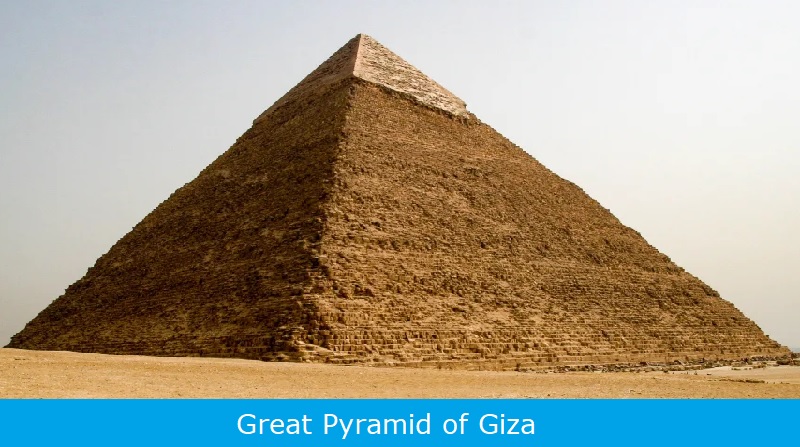
The Great Pyramid of Giza is the most established of the Seven Wonders of the World. It is the most established and biggest of the three pyramids in the Giza pyramid complex, circumscribing El Giza, Egypt. It is trusted that the pyramid was worked as a tomb for the Fourth Dynasty Egyptian pharaoh, Khufu, and was developed over a twenty-year time span. It is accepted by numerous that Khufu’s vizier, Hemon, or Hemiunu, is the draftsman who planned the pyramid. It remained the tallest man-made structure on the planet for more than 3,800 years. Likewise, specialists gauge that it would cost around $5 billion to assemble a reproduction today.
In this way, finished the hundreds of years, we have seen numerous incredible structural designing ventures that have turned out to be noteworthy historic points and symbols. Designing has made a portion of the greatest structures on the planet and is a grandstand of our capacity to develop a novel vision. Each architect will have an alternate sentiment on the most amazing manifestations; however, these ten are broadly viewed as the best. In any case, there are numerous other building manifestations that have awed the world, for example, the Millau viaduct, which is the tallest link stayed street connect on the planet. Likewise, as of late as 2015, the Shanghai Tower high rise in China, was finished and it’s currently the second-tallest working on the planet. What’s to come is brilliant for building, as cutting-edge innovation will make ready for much all the more staggering manifestations.
Conclusion:
These are the top civil engineering projects of all time. If you know some others amazing construction projects, please comment below.
FAQS
Some popular project ideas for civil engineering students include designing and building bridges, designing and constructing buildings, designing and developing transportation systems, and improving water supply and sanitation systems.
The largest civil engineering project in history is considered to be the Great Wall of China, which stretches over 13,000 miles and took over 2,000 years to build.
Notable figures in the field of civil engineering include Isambard Kingdom Brunel, John Smeaton, and George Washington Goethals.
Currently, areas of civil engineering in high demand include sustainable infrastructure development, water resource management, and transportation engineering.
Yes, it is possible for a civil engineer to become a millionaire through their career. However, becoming a millionaire is not guaranteed and will depend on factors such as experience, qualifications, and the specific industry in which they work.
Common specializations within the field of civil engineering include structural engineering, transportation engineering, water resources engineering, and environmental engineering.
Civil engineers play a crucial role in shaping the built environment by designing, constructing, and maintaining infrastructure such as buildings, bridges, roads, and other structures.
Some challenges that civil engineers may face in their work include budget and time constraints, dealing with complex regulations and laws, and managing risk and uncertainty.
Some countries or regions that are particularly known for their civil engineering projects include the United States, Japan, China, and the European Union.
The field of civil engineering continues to evolve and adapt to new technologies and sustainable practices through ongoing research and development, incorporation of new materials and construction techniques, and implementation of sustainable design principles.
Read More Articles:

